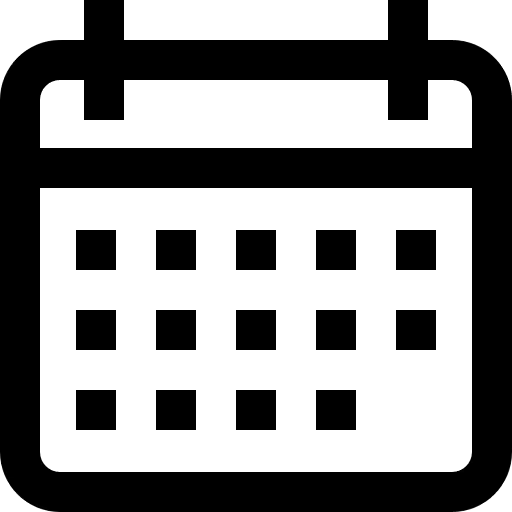If your goal is reliable pipeline and predictable growth, treat LinkedIn marketing as a business channel, not a content hobby. In 2026 the LinkedIn algorithm 2026 rewards demonstrable outcomes, topical authority and meaningful engagement. That makes old tactics like blanket posting and viral-chasing far less effective. Below is a practical playbook you can adopt quickly, including organic content, paid tactics and campaign management tips that actually move revenue.
By mid-2026 LinkedIn will favor what we call “expertreneurs” – creators who can demonstrate real revenue outcomes and reproducible business impact – over generic creators who rely on motivational content or viral one-offs. This is not a wishful prediction; it follows logically from how professional networks evolve. As LinkedIn tightens its signals around intent and commercial relevance, the platform’s algorithms naturally prefer content that helps buyers make decisions.
Why LinkedIn is Changing
In the last couple of years the feed has evolved quickly. Posting frequently no longer guarantees reach. Instead LinkedIn is amplifying signals that indicate domain expertise and buyer intent. That means proof-first content, like case studies, measurable outcomes and repeatable frameworks, will reach the right people and produce qualified leads. For marketers who advertise on LinkedIn, this change affects creative, targeting and measurement.
The E³ Model for LinkedIn authority
- Expertise – Be micro-niche and deep. Focus your content on a narrow problem, sector and company size so that each post signals domain depth rather than generic competence. Examples of expertise are playbooks, frameworks and decision-level guidance that only someone working in the trenches would publish.
- Evidence – Always pair claims with verifiable outcomes. Use one clear metric or screenshot in every proof-first post, publish short anonymized case studies regularly, and offer a single downloadable asset that proves your playbook works.
- Engagement – Treat comments as mini content and invitations to extend the conversation. Solicit short expert replies, respond with tactical insights, and intentionally seed top posts to a handful of peers who can add domain value.
Additional enhancements to align on your positioning
- Micro-niche positioning:
Broad claims are noisy. Micro-niche claims are magnetic. Instead of “B2B marketing,” pick something like “email automation for B2B brands doing $5M+.” Micro-niches let you become the obvious voice in a high-value corner. This drives higher conversion rates when you run LinkedIn campaign management for those accounts.
- Headline and profile optimization
Your headline should lead with evidence. A simple formula works: Result – Proof – Offer. Update your banner to reinforce your core message: client logos, a single metric or a clear next step. This profile-first credibility helps when prospects search LinkedIn for marketing their business or when you’re evaluated by buyers.
- Thought-leadership ads: Your secret weapon
A rising tactic in 2025 and for 2026 is promoting organic posts as native ads – we’ll call these thought-leadership ads. The process is simple: identify organic posts that already show proof and engagement, then promote them with precise targeting. The result is higher trust and better conversion than standard hard-sell ads. If you manage paid activity in-house, experiment with this method before you scale other creative.
- Funnel strategy that works
LinkedIn marketing companies and LinkedIn advertising management teams now integrate conversion tracking and CRM feeds so you can attribute pipeline to campaigns. The best strategy is to run A/B tests on headline, creative and CTA at least every two weeks.
For advertisers, structure matters. Use a three-stage funnel:
- Top: Short, helpful videos and thought posts to build awareness.
- Middle: Webinars and gated playbooks promoted with lead gen forms.
- Bottom: Demo requests and trial offers retargeted by engagement.
Don’t forget to track the metrics that correlate with pipeline: saves, shares, cost per qualified lead, pipeline influenced and SQL conversion rate. Likes and impressions are signals of attention, but saves and shares indicate utility. Tie ad performance back to closed revenue to understand true ROI.
Some quick tips:
- Use simple landing windows for offers and lead magnets.
- Automate reporting but keep weekly human reviews to catch trends.
- Refresh ads every 10-14 days.
- If you need scale, hire a LinkedIn advertising expert or partner with expert martech companies that can show vertical case studies and a test-and-scale roadmap.
- Targeting: Go beyond titles
Job titles are blunt. Layer firmographics, matched audiences and behavior. Use account-based targeting for high-value lists and website retargeting to re-engage people who consumed your content. For LinkedIn B2B ads, prioritize decision-makers and buying committees rather than generic roles.
- Engagement and comment strategy
Comments are miniature content that expand reach. Top creators add tactical insights in replies – mini case studies, data points, or a practical tip. Schedule focused engagement time daily to respond to relevant threads; this expert-level engagement signals credibility to the algorithm and to human readers.
- Links in posts
Contrary to old rules, posts with multiple useful links can perform well when those links deliver immediate utility. Use a compact landing window. For example, a single conversion-focused page or a link-in-bio storefront that collects emails, hosts resources and converts without heavy friction can work well. This is an especially fast route to test offers when you don’t have a full funnel built out.
A practical 30-day plan
Week 1: Audit top pages, craft three proof-led social posts, update headline and banner.
Week 2: Publish posts and identify the top performer. Run a small thought-leadership ad promoting it.
Week 3: Host a gated webinar or publish a playbook; promote with lead gen forms.
Week 4: Retarget engaged users with demo offers; measure pipeline influence and iterate.
This compact plan turns activity into measurable outcomes quickly.
When to bring in specialists
If you need rapid scaling or account-based capabilities, work with LinkedIn marketing companies that provide creative, media and analytics together. A good LinkedIn marketing partner (that’s us!) will show a clear plan for testing, scaling and attribution – not just run ads.
LinkedIn in 2026 favors those who combine domain expertise with consistent execution. For LinkedIn marketing, that means micro-niche positioning, proof-first content, expert engagement and smarter paid strategies. Move away from chasing virality and focus instead on converting authority into revenue. Do that, and LinkedIn will reward you with reach and high-quality leads.
For more tips and guidelines, reach us at https://www.markiverse.com/product/conversio-ai.
.svg)





